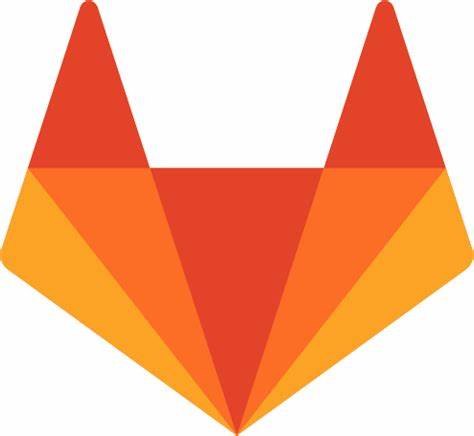An introductory guide to Computational Thinking
📕 What is Computational Thinking ?
Throughout the Computational Thinking module, it becomes clear to me that computer scientists contributed far-reaching influence on all works of life beyond programming language. Fundamentals of Computational Thinking are concerned with problem-solving and its process establishment (Wing 2006). The concept of Computational Thinking was initiated in the 1950s as documented (Tedre and Denning 2016). In reality, however, we practice it in almost every individual decision-making. Therefore, Computational Thinking refers to a mindset that is a problem-solving analytical module applied in changeable environments.
🔩 Computational characteristics and its accplications
With the guide of Computational Thinking, a multi-dimensional complex problem can be reduced to multiple single-dimensional problems which are easily tackled. The format of applying Computational Thinking in resolving a problem generally includes four stages, they are analysis, decomposition, abstraction, as well as algorithm (Wing 2006; BBC [no date]). Over decades of research, Computational Thinking is awaking the public's interest in applying it in production, research, and many other fields. An obvious example is that modern businesses are positively embracing digitalization, even traditional industries, such as consumer goods and manufacturing. From my previous working experience, Computational Thinking as a mental tool (Tsdre and Denning 2016) is penetrating traditional fasting moving consumer goods.
💡 The benefits of Computational Thinking applied in career and study
When I worked at Pepsico Food Shanghai as a trade marketing planner, planning yearly and quarterly business plans are one of the most important tasks of my responsibility. To effectively manage and operate businesses in different distribution channels, I would first analyze the product portfolio and generate category assortment. Then I would abstract each distribution channel business module and 'pain spot'(difficulties in distributing and sales). Utilize affordable resources to calculate an investment plan of each channel. As a result, all of these products, channels, and investment plans are integrated as a tool which is called 'Playbook' in Pepsico. 'Playbook' is then translated into an action plan. Over hundreds of salesman would follow these two guidances to negotiate with their distributors and execute in points of sales. At the post-stage of execution, sales data and execution data need to be collected and submit to the headquarter. Business insights and new opportunities came from these data analytics. We use the computational term 'iteration' to describe the cycle of plan-action-review. As a result, 'Playbook' has evolved to 3.0 version by continuously iterating this operation module. An optimal solution appeared. With this operation module, Pepsico was able to quickly response to China's fast-changing market than other giant multi-national food companies. The core value of the operation module is the scientific system but individual efforts. Living in the 21st century, our generation is facing a more complex and fast-changeable environment than ever. Learning to resolve a problem smartly is beneficial to a whole life. Computational Thinking provides us with a substantiated alternative to tackle problems in life (Snalune 2015). Moreover, this skill set can be learned via practice.
